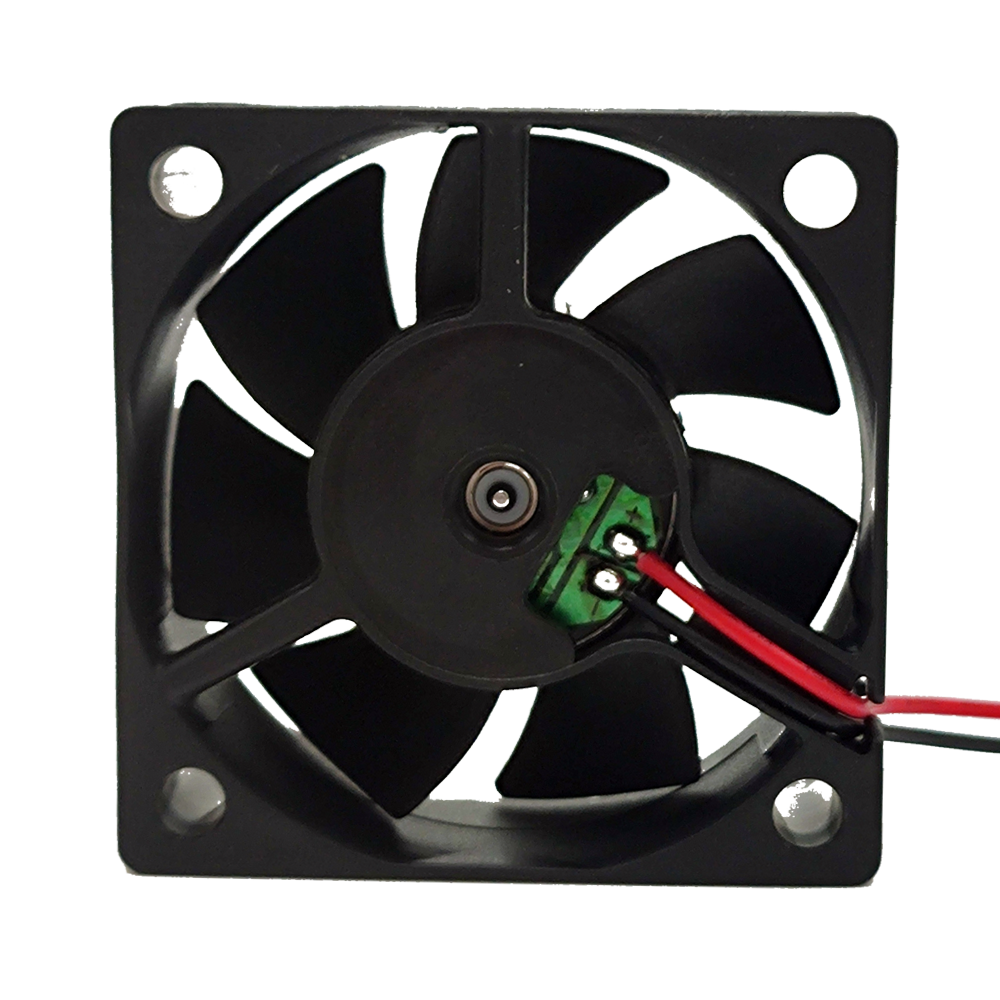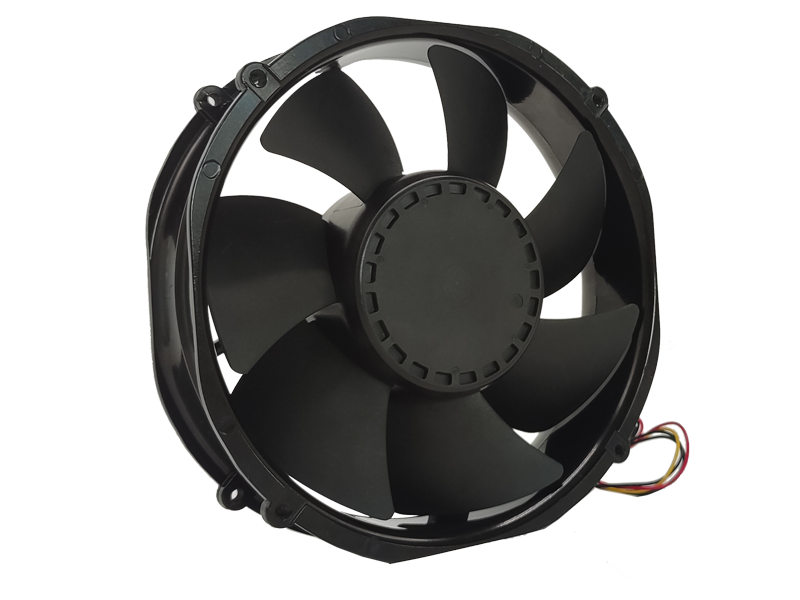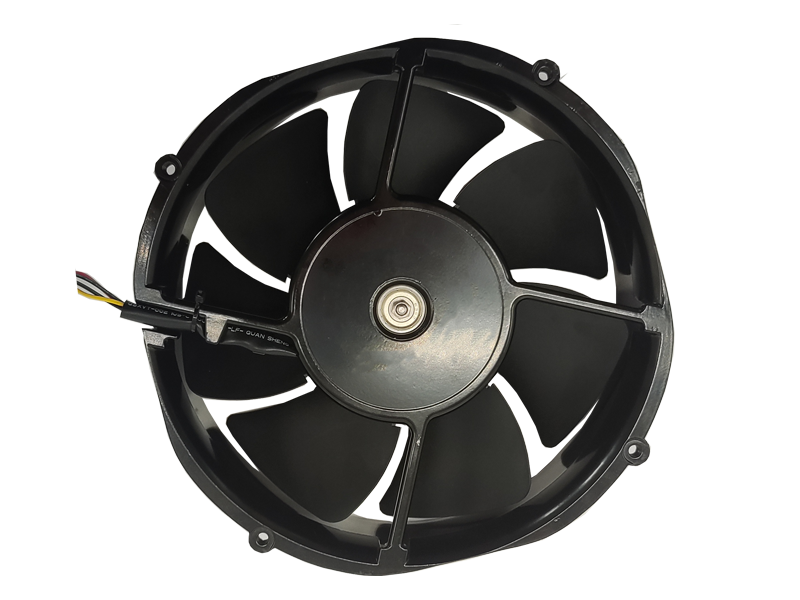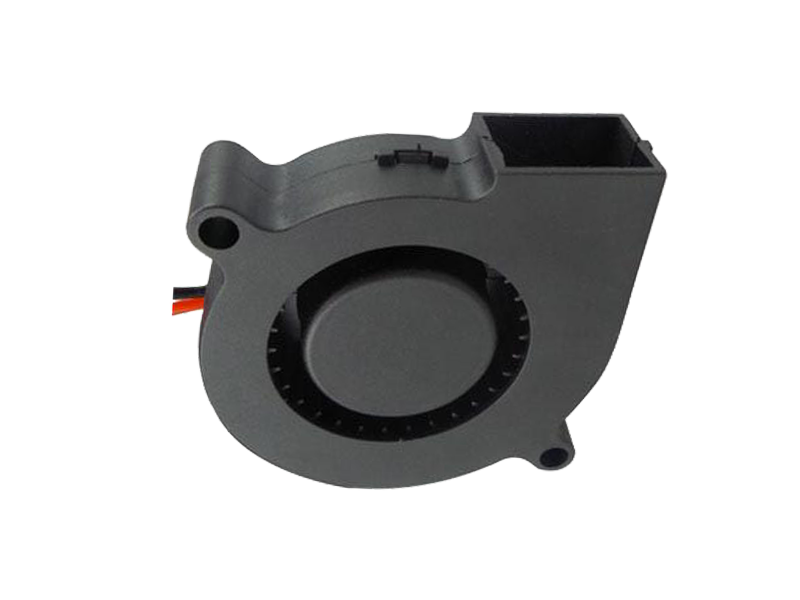Introduction: Beyond the Purchase Price
While industrial fans represent significant capital expenditures, their true cost lies in operation, maintenance, and downtime. This article analyzes how product decisions impact total cost of ownership (TCO) and return on investment (ROI), providing a framework for balancing upfront costs with long-term savings.
1. The TCO Breakdown: Where Money Disappears
Acquisition: 15–25% of TCO (fan + installation).
Energy: 65–75% (motors dominate consumption).
Maintenance: 10–15% (labor, spare parts).
Downtime: 5–10% (lost production).
Example: A 50,000fanwith701.2M in energy over 10 years vs. 840,000foran85360,000 premium.
2. Energy Efficiency: The Low-Hanging Fruit
Variable Frequency Drives (VFDs): Reduce speed by 20%, cut energy use by 50%.
IE5 Motors: 20% more expensive upfront but yield 40% lower operating costs.
Aerodynamic Tweaks: Optimized blade angles can boost efficiency by 8–12%.
Regulatory Push: DOE’s 2023 rules mandate industrial fans ≥1hp meet MEPS (Minimum Energy Performance Standards), phasing out IE3 motors.
3. Maintenance Strategies: Prevent vs. Repair
Predictive Maintenance: Vibration analysis + oil debris monitoring cuts failures by 70%.
Modular Design: Swap bearings/motors without disassembling the entire unit.
Spare Parts Kits: Pre-packaged gaskets/seals reduce downtime from 8hrs to 2hrs.
Cost-Benefit: A chemical plant saved 220,000/yearusingpredictivemaintenance,offsettinga45,000 annual IoT sensor investment.
4. Downtime: The Invisible Killer
Cost Per Hour: 10,000–50,000 in lost output for automotive assembly lines.
Redundancy Designs: Dual-fan systems with automatic failover.
Remote Diagnostics: 80% of issues resolved via cloud-connected controllers.
Case Study: A semiconductor fab reduced wafer scrap by $18M annually after cutting fan-related downtime from 14hrs/month to 2hrs/month.
5. Circular Economy: End-of-Life Considerations
Refurbishment: Rebuild fans with new motors/blades at 50% of new cost.
Material Recovery: Recycle 90% of steel/aluminum; repurpose rare-earth magnets.
Leasing Models: Pay-per-use schemes shift CAPEX to OPEX.
Sustainability Bonus: Earn carbon credits under ISO 14064 by extending fan lifespans.

6. Global Market Dynamics: Pricing & Competition
Asia-Pacific: Dominates 45% market with cost-effective FRP fans.
Europe: Leads in premium efficiency (IE5) and explosion-proof designs.
North America: Strong demand for data center and pharmaceutical fans.
Trade Trend: Tariffs on Chinese steel drive 15% price hikes, accelerating local manufacturing in Mexico/India.
Conclusion: TCO as the North Star
Smart industrial fan procurement demands a holistic view of energy, maintenance, and downtime costs. Product managers must educate clients on IE5 motors, predictive analytics, and circular economy benefits to justify premium pricing. The future belongs to vendors who can quantify ROI in $/m³ of air moved or kW saved per ton of CO2e avoided.
Final Note: These articles emphasize product-centric angles—material science, application-specific engineering, and economic analysis—while avoiding overlap with prior content on consumer fans or generic cooling solutions. Each piece provides actionable insights for engineers, procurement specialists, and sustainability officers in industrial sectors.
Recommended Products

The main purpose:Car charging station

The main purpose:Car charging station

The main purpose:Electronic refrigerators, water dispensers, direct drinking machines, inverter power supplies
Address:No. 4137, Longgang Avenue (Henggang Section), Henggang Community, Henggang Street, Longgang District, Shenzhen
hotline:13530005572(Chen)15112579390(Li)


Welcome all friends to come for consultation and negotiation.
Copyright 2024 @ Shenzhen Youneng Xinyuan Electronics Co., Ltd.,(industrial fans,industrial blowers,axial fans,cooling fans manufacturer,centrifugal fans,ac cooling fans,dc cooling fans)